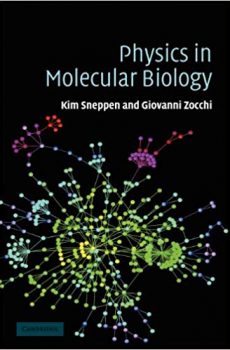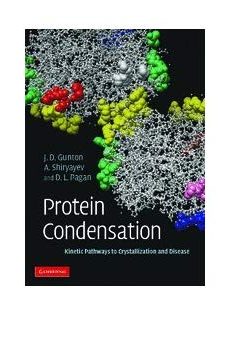
Fundamentals of Polymer-Clay Nanocomposites
15,990.00₹ 8,990.00₹
The principles of gauge symmetry and quantization are fundamental to modern understanding of the laws of electromagnetism, weak and strong subatomic forces and the theory of general relativity. Ideal for graduate students and researchers in theoretical and mathematical physics, this unique book provides a systematic introduction to Hamiltonian mechanics of systems with gauge symmetry. The book reveals how gauge symmetry may lead to a non-trivial geometry of the physical phase space and studies its effect on quantum dynamics by path integral methods. It also covers aspects of Hamiltonian path integral formalism in detail, along with a number of related topics such as the theory of canonical transformations on phase space supermanifolds, non-commutativity of canonical quantization and elimination of non-physical variables. The discussion is accompanied by numerous detailed examples of dynamical models with gauge symmetries, clearly illustrating the key concepts.

Physics in Molecular Biology
8,900.00₹ 3,990.00₹
Tools developed by statistical physicists are of increasing importance in the analysis of complex biological systems. Physics in Molecular Biology, first published in 2005, discusses how physics can be used in modeling life. It begins by summarizing important biological concepts, emphasizing how they differ from the systems normally studied in physics. A variety of topics, ranging from the properties of single molecules to the dynamics of macro-evolution, are studied in terms of simple mathematical models. The main focus of the book is on genes and proteins and how they build systems that compute and respond. The discussion develops from simple to complex systems, and from small-scale to large-scale phenomena. This book will inspire advanced undergraduates and graduate students in physics to approach biological subjects from a physicist’s point of view. It is self-contained, requiring no background knowledge of biology, and only familiarity with basic concepts from physics, such as forces, energy, and entropy.

Protein Condensation: Kinetic Pathways To Crystallization And Disease
9,990.00₹ 4,395.00₹
The quest to understand the condensation of proteins from solutions is a rapidly evolving field. The purpose of this book is to bring to an interdisciplinary audience the state-of-the-art in current research. The first part of the book deals with issues related to the production of high quality protein crystals from solution. Since protein function is determined by structure, high quality protein crystals must be grown in order to determine their structure by X-ray crystallography. The book also discusses diseases that occur due to undesired protein condensation, an increasingly important subject. Examples include sickle cell anemia, cataracts and Alzheimer’s disease. Current experimental and theoretical work on these diseases is discussed, which seeks understanding at a fundamental, molecular level, to prevent the undesired condensation from occurring. The book, containing color plate sections, is suitable for graduate students and academic researchers in physics, chemistry, structural biology, protein crystallography and medicine.
- An introduction to a rapidly expanding field
- Reviews current experimental work for several important proteins to provide cutting-edge summary of current experimental knowledge
- Contains works from many different disciplines




